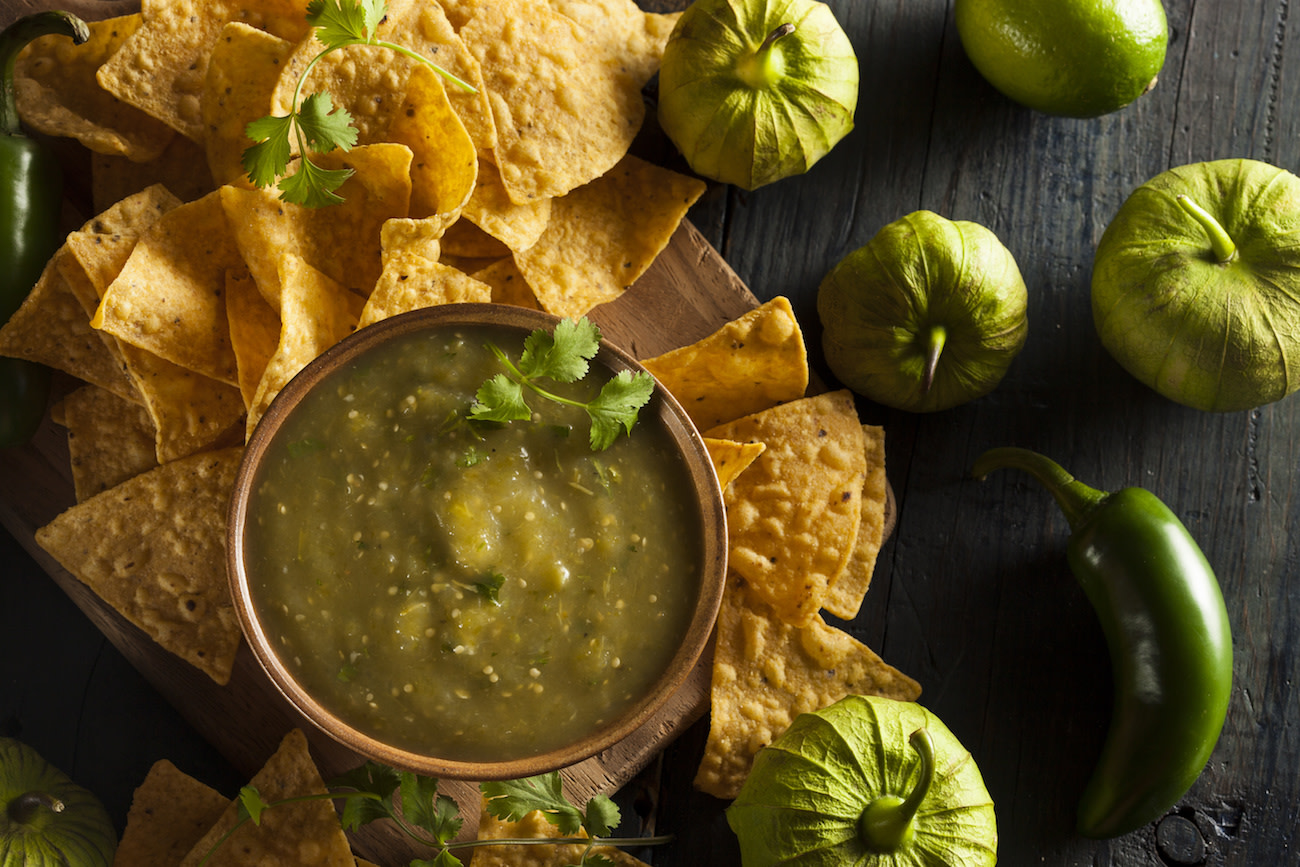Easy Salsa Verde Recipe and Tips for Making Salsa Verde
Written by MasterClass
Last updated: Jul 29, 2025 • 3 min read
The popularity of salsa verde in Mexico has been compared to that of Heinz ketchup in the US. Sweet and tangy, both condiments add acidity to any dish that needs it. But unlike ketchup, salsa verde is incredibly easy to make at home—and homemade salsa verde tastes miles better than store bought.
Though most famous as an accompaniment to Mexican food and tortilla chips, salsa verde has countless uses. Serve salsa verde with enchiladas or chilaquiles, mix it into scrambled eggs, or top steak or chicken with it—the possibilities are endless.
Learn From the Best
What Is Salsa Verde?
Salsa verde—literally “green sauce” in Spanish—is the ubiquitous tomatillo salsa that adds tangy sweetness to tacos and countless other Mexican dishes. Mexican salsa verde is sometimes referred to as tomatillo salsa or green salsa stateside, to avoid confusion with the other salsa verde, a parsley-caper sauce indigenous to Italy. Mexican salsa verde is made with tomatillos, seedy green fruits that resemble small green tomatoes covered in thin, papery husks. Though they’re known as tomates verdes in Mexico, tomatillos are not the same as green tomatoes, and are in fact close relatives of ground cherries.
While salsa verde differs from place to place, most green salsa recipes call for cilantro, jalapeños (or other peppers), and garlic.
7 Tips for Making Perfect Salsa Verde
Here are some helpful tips for making a delicious and refreshing salsa verde.
- 1. Buy the right ingredients. When shopping for your salsa verde, choose fresh tomatillos that are firm, bright green, and bulging from their husks. Tomatillos milperos, which are smaller and have purple skin and a sweeter flavor, can be used interchangeably with green tomatillos.
- 2. Peel and rinse your tomatillos. Rinsing the tomatillos will make it easier to peel the sticky fruits away from their papery husks. Rinsing a second time after peeling ensures no papery bits end up in your salsa.
- 3. Cook your tomatillos. Although salsa verde can be made with raw tomatillos, cooking the tomatillos makes them easier to blend and yields a milder flavor. Boiling is the most straightforward cooking method, but charring your tomatillos under a broiler or in a dry skillet will add more depth of clavor.
- 4. Cool your salsa verde for better texture. Tomatillos are high in pectin, so salsa verde will thicken as it cools. If it gets too thick, try thinning out with water, lime juice, or chicken broth.
- 5. Add onions, but don’t blend them. If you prefer your salsa with the kick of white onion, roughly chop about ¼ cup and rinse with cold water. This will lessen the overpowering flavor and aroma of the onions. Blending raw onions releases unpleasantly harsh, sulfuric flavors, so leave them intact and stir them in at the end instead.
- 6. Add lime juice. Tomatillos have plenty acidity on their own, but a splash of lime juice can brighten up a salsa verde that didn’t turn out as tangy as you like.
- 7. Fry your salsa verde. For added flavor, try “frying” your salsa verde after blending: Heat about 1 tablespoon neutral oil, or enough to coat the pan, in a large skillet or medium saucepan over medium-high. Reduce the heat to medium-low and simmer for about 15 minutes, then serve.
Classic Salsa Verde Recipe
makes
2 cupsprep time
10 mintotal time
25 mincook time
15 minIngredients
- 1
Remove husks from tomatillos and rinse. Place them in a medium saucepan with enough water to just cover. Add a pinch of salt and bring to a rapid boil over high heat. Lower heat to medium and simmer until slightly soft, about 4 minutes. Drain, reserving cooking liquid.
- 2
Add ½ cup cooking liquid to a blender or food processor, along with jalapeño, cilantro, garlic, and cooked tomatillos. Blend or pulse briefly, until a coarse, chunky sauce forms. (Blend longer if you prefer a smoother puree.) Taste for seasoning and add more salt if needed.
- 3
Store salsa verde in an airtight container in the fridge for up to 3 days. For long term storage, preserve salsa verde in canning jars or stash in the freezer.
Become a better chef with the MasterClass Annual Membership. Gain access to exclusive video lessons taught by culinary masters, including Massimo Bottura, Wolfgang Puck, Gordon Ramsay, and more.
